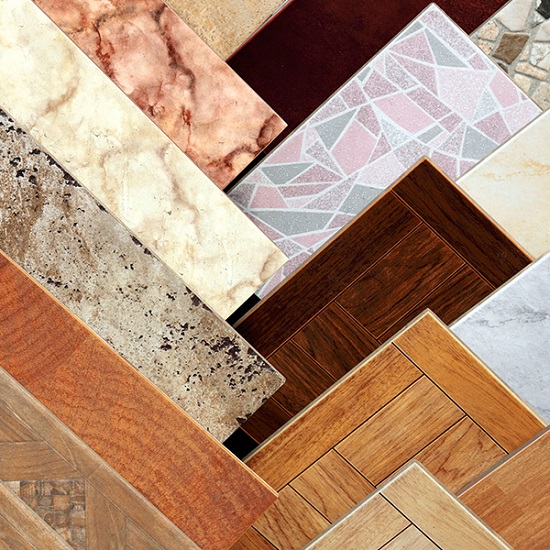What is a UV inkjet printer?
The UV printer (Ultraviolet LED Inkjet Printer) is a high-tech, plate-free, and full-color digital printing machine. It is not restricted by materials. It can be used on T-shirts, sliding doors, cabinet doors, sliding doors, glass, plates, various signs, crystals, PVC, acrylic, metal, plastic, stone, leather, and other surfaces for color photo-level printing. There is no need to make a plate and complete the printing at one time, with beautiful and rich colors, abrasion resistance, UV protection, simple and convenient operation, fast printing image speed, and fully comply with industrial printing standards.
But some materials are specially processed before UV printing, why should they be processed? The surface atomic structure density of the material is relatively high, and the reason why the UV ink can adhere to the surface of the material is that the UV ink corrodes the surface of the material and merges into one to achieve good adhesion. If the density is too high, the corrosion effect is not good, so a coating should be added to enhance the corrosion effect.
Materials to be coated and treatment methods:
01 UV printing on ceramic tiles
Treatment method: After cleaning the surface of the tiles with a dust-free cloth before printing, use a spray gun or a special tile coating for the spraying machine to spray evenly on the surface of the tiles. After spraying, put the tiles in the oven and use a high temperature of 100-150 degrees. Bake for 15-30 minutes. 
02 Metal
Treatment method: After the surface of the metal material is wiped clean with a dust-free cloth, use a spray gun or sprayer to spray the surface of the metal material evenly with a special metal coating. After spraying, put the metal in the oven and use 100 at 150 degrees to bake for 15-30 minutes.  03 EVATreatment method: still wipe the surface of the EVA material with a dust-free cloth, and then use a spray gun or spray machine to spray the EVA surface evenly with a special EVA coating. After spraying, put the EVA in the oven and use 80-120 degrees. Bake at high temperature for 15-30 minutes.
03 EVATreatment method: still wipe the surface of the EVA material with a dust-free cloth, and then use a spray gun or spray machine to spray the EVA surface evenly with a special EVA coating. After spraying, put the EVA in the oven and use 80-120 degrees. Bake at high temperature for 15-30 minutes.
04 Glass
Treatment method: Wipe the glass surface clean with a dust-free cloth, and then use a spray gun or sprayer to apply a special glass coating to the tile surface evenly, or to wipe the coating by hand. After spraying, put the glass in the oven Inside, bake at 100-150 degrees for 15-30 minutes. 
05 PE
Processing method: wipe the surface of PE with a dust-free cloth before printing, and then use a special corona bar for corona treatment so that the atomic structure of the PE material is not so tightly arranged, and then use a spray gun or sprayer to use a special PE coating. Spray evenly on the surface of PE. Put the PE in the oven after spraying, and bake at 80-120 degrees for 15-30 minutes.
06 Melamine board
Treatment method: also wipe the surface of the melamine board with a dust-free cloth, and then use a spray gun or spraying machine to coat the melamine board evenly on the surface of the melamine board. After spraying, put the melamine board in the oven and use Bake at 100-150 degrees for 15-30 minutes. 
07 Silica gel
Treatment method: Use a dust-free cloth to clean the surface of the silica gel, and then spray the silica gel with a 150-degree flame spray gun to soften the silica gel (it can’t be melted, it’s OK if it’s slightly soft), and then use a spray gun or sprayer. The special silicone coating is evenly sprayed on the surface of the silicone. After spraying, put the silicone in the oven and bake it at a high temperature of 80-120 degrees for 15-30 minutes.
Summary
UV printer needs to be coated when printing these smooth surface materials, and other materials do not need to be coated, just print directly. Different UV printing machines have different features so that once you are decided to buy one of the UV printing machines, you are supposed to have a basic understanding of the features and the functions. Coating the surfaces of different machines is one of the most important steps in the printing process. If you have done it right, you have already finished the most important one.
The biggest advantages of UV printers are that they realize true plateless printing, and the cost of single sheet and batch processing is the same. You can economically and efficiently complete short and medium-edition jobs, helping you increase more business opportunities and profits. It supplements the shortcomings of the traditional screen printing process, not only for small print jobs but also for proofing or simulated image effects. Customers can choose the most suitable technology from a variety of processes. The design and production process is simple, and it can even be operated by one person to meet the immediate and desirable delivery needs of customers.



